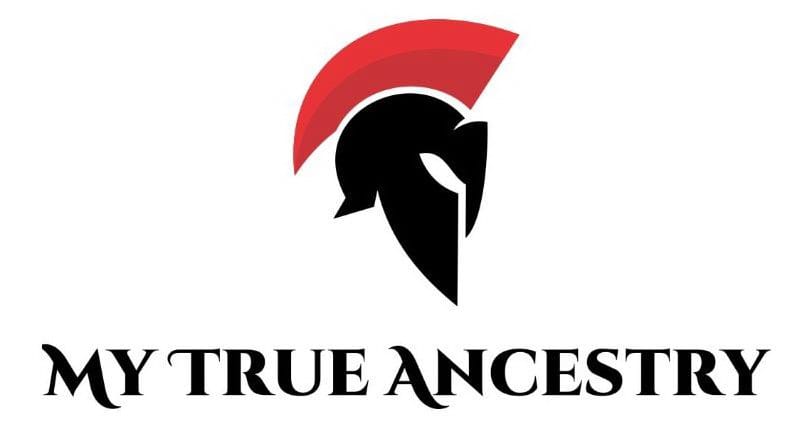Ancient DNA and Genetic Diversity in Post-Roman Central Europe




A recent study of ancient genomes from burial sites across post-Roman Central Europe offers a fascinating window into demographic shifts and kinship structures that arose as the Roman Empire crumbled and new societies began to emerge. By examining 248 historic genomes from Late Roman and Early Medieval sites in southern Germany, researchers have illuminated the rich tapestry of interconnected lives, kinship patterns, and individual ancestries during a time often shrouded in historical mystery.
Among the most captivating findings comes from the Altheim graveyard, a site filled with secrets from the past. Established in the 5th century by a group of Northern European descent, the site showcases a demographic shift as newcomers integrated with individuals from a Roman military background. This mix resulted in marriages between newcomers and local families, leading to diverse ancestral links that spread far and wide across Europe during this transformative period.
The Altheim graveyard, nestled within the Danube-Isar region of Bavaria and dating back to the 5th century CE, has been a treasure trove of historical and genetic data. This site reveals a fascinating demographic shift by the 6th century, where genetic influences of newcomers, reminiscent of a nearby Roman military encampment, began to blend with the established community. These findings suggest a vibrant cultural tapestry woven with strands from both Northern European descendants and Roman influences.
The research highlights that Early Medieval communities, such as those uncovered in Altheim, were organized around small family units. Together, they practiced reproductive monogamy and avoided close-kin marriages. Closeness of graves often indicated familial ties, unveiling structures of multi-generational lineages stretching over several generations. This cultural continuity from Late Roman to Early Medieval societies showcases the persistence of broader transformations in family structures.
Correlation is indeed strong between kinship and burial proximity, as seen in sites like Büttelborn, where family groups were methodically laid to rest in close quarters. Technology has allowed scholars to unlock this spatial puzzle, revealing patterns that hint at authoritative social structures implicating reproductive monogamy, bilateral descent patterns, and meticulously avoided close-kin unions, as dictated perhaps by prevailing cultural or religious norms of the period.
Unearthed grave goods are a testimony to the interconnected worlds that these ancestors inhabited. The findings at various digs, including Altheim and Büttelborn, revealed grave offerings that included both personal adornments and practical items. These artifacts not only highlight individual status and identity but also provide insight into the larger social fabric during these centuries.
The so-called "row graves" of the Early Medieval period are much more than mere resting places. These graves, often discovered in former Roman territories, offer archaeological and genetic clues. They are adorned with rich artefacts: clothing, weapons, parts of daily life, and even symbols hinting at Christian influence as early as the 6th century. This suggests a society steeped in diversity, maintaining traditional practices while gradually embracing new cultural paradigms.
Through the lens of ancient DNA, the shift from Iron Age genetic profiles to those captured in early medieval times paints a picture of complex social interactions. The striking genetic diversity seen at Altheim and beyond points to a community far richer in ancestry than modern-day German cities. This genetic melting pot was catalyzed by the movements of peoples in the aftermath of Rome's decline, resulting in settlement patterns that fused Northern European and Roman influences.
The study of genomes has unveiled intricate familial webs spanning vast distances across early medieval Europe. Individuals buried in regions like the Rhine-Main and Danube-Isar often share genetic segments with contemporaries from places as dispersed as Northern Germany and England, revealing a network of interactions and migrations. Notably, some of these individuals trace their ancestry to populations far outside the Western Eurasian genetic variation, indicating a rich and diverse genetic influx into these regions.
The historical narrative of Europe is intricately shaped by cultural and demographic shifts that occurred during the transition from the Late Roman period to the Early Middle Ages. Around the 5th and 6th centuries CE, Southern Germany was bustling with both local and foreign influences, creating a marvelous mosaic of diversity. Archaeologists unearthed clues in the Altheim graveyard, where skeletons and artefacts spoke of intriguing unions between local inhabitants and newcomers, some traced back to Roman military camps.
The Roman limes, once a boundary of the mighty empire, was not just a barrier but a bridge for migration. Men and women from various backgrounds found their way into its provinces, integrating into or reshaping the fabric of Roman and subsequent post-Roman societies. The gradual influx of diverse populations lent cultural vibrancy to these transition zones, blending the old with the new.
The excavation of sites like Altheim and Büttelborn not only illuminates our understanding of genetic diversity but also highlights stories of specific individuals. Notable is the discovery of close kin buried across great distances, such as second cousins found in Büttelborn and distant Lower Saxony, or family ties stretching from the Danube-Isar region to Szólád in modern-day Hungary.
At burial sites in Upper and Lower Bavaria, alongside Büttelborn and Mömlingen in the Rhine-Main region, archaeologists encountered not just skeletal remains but a vibrant array of clothing, jewelry, weapons, and vessels dating to the 5th to 8th centuries. These grave goods are not mere possessions; they form a dialogue between our present and the past, communicating how Early Medieval folk lived and connected with their world.
The 6th century births a new era in Altheim, where even Christian symbols begin to grace headstones. Yet while diversity flows through the genetic makeup, connections across distant lands, from Northern Germany to ancient Roman settlements, thrive through shared DNA strands, suggesting a network far beyond geographic borders.
Genomic analyses offer fresh insight into the vast array of ancestries that converged in these communities. These studies reveal that Early Medieval populations in sites like Altheim exhibited remarkable genetic diversity, suggesting a vibrant tapestry woven from threads of Northern and Central European ancestry mingling with Mediterranean and Southeast European strands. The gene flows tell stories of Northern ancestry knitting European regions together, with grand genealogies whispering tales of migrations and cultural exchange.
The historical continuity persisting throughout the medieval period reflects patterns reminiscent of Late Roman norms. Monogamous unions, incest avoidance, and a flexible inheritance system forged societal fabric in the Early Middle Ages, reflecting the adaptability and resilience of these communities. Such patterns point to our appreciation of how ancient DNA and archaeology can rekindle the past, connecting the dots of history through bones and artefacts.
These stories from ancient genomes are an exciting exploration into our shared past, unraveling the mysteries of how early European societies redefined themselves and crafted new identities in a changing world. These ancient burial sites are more than repositories of bones—they are canvases, painted with the stories of migration, adaptation, and familial connections, each interment spot marking both the end of a life and a link in the vast, ever-evolving chain of human history.

Comments